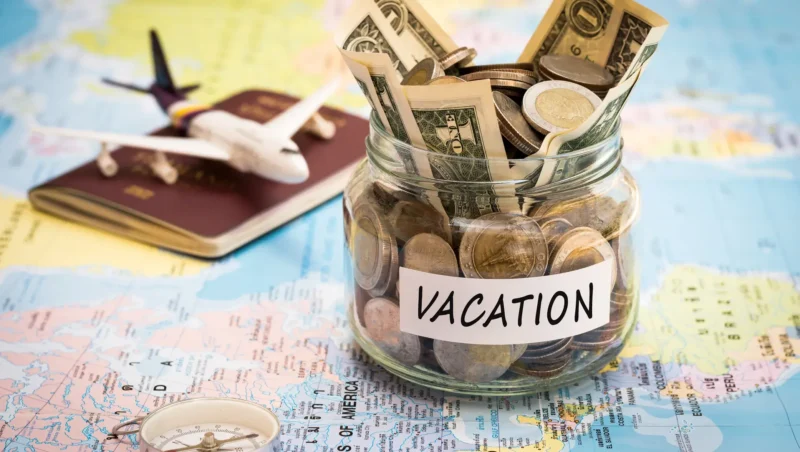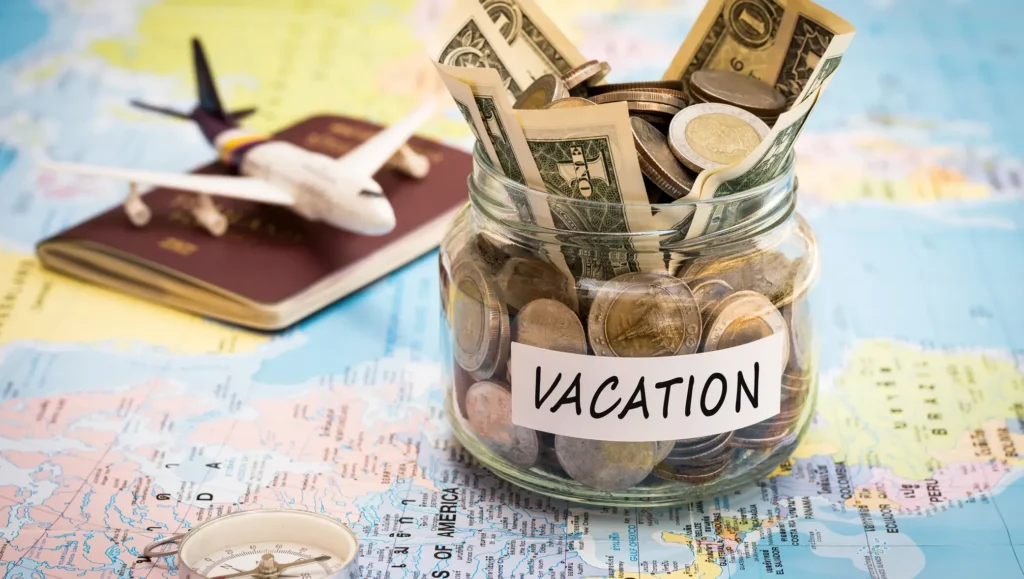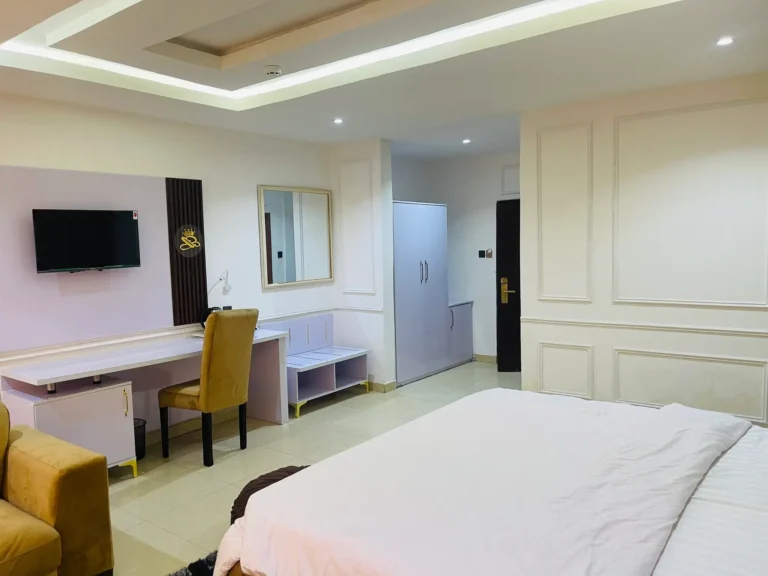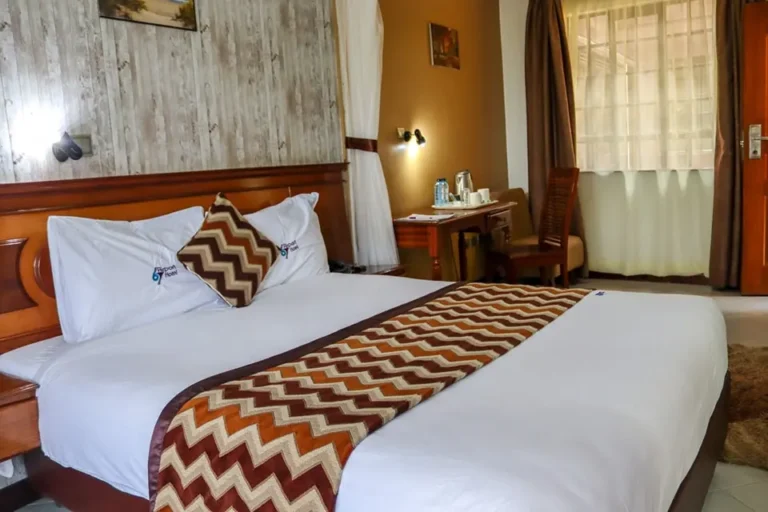10 Money-Saving Travel Tips for Exploring the United States

From snowy mountain ranges and stunning beaches to alluring cityscapes and exciting cultural hotspots, the US offers diverse experiences to explore and indulge in.
But traveling, even within America, can be pretty costly, especially when you consider the airfare and hotel expenses that have been steadily rising over the years.
Of course, this doesn’t mean you can’t travel on a budget. With our money-saving tips, you can plan your next trip to explore the United States for a memorable adventure.

1. Travel Off-Peak
Most travel service providers use dynamic pricing. This means accommodation, flights, and other travel expenses can rise or fall based on demand trends.
For instance, during peak times, prices tend to be at their highest. However, in low-demand periods, hotels and airlines are more likely to lower rates to encourage purchases so they can meet the minimum threshold of bookings required to remain profitable.
If you want to keep costs low, avoiding the busy travel seasons is a must. Instead, plan your vacation right before or after summer, Christmas, and other holidays that draw in large crowds of travelers.
2. Shop Around
Researching your options and comparing prices is essential to enjoying low prices. The easiest way to do this is by using price comparison websites. Once you enter your requirements, they can help you find the best rates and deals.
However, lower prices don’t always mean the best value. For instance, hotel rooms with heavily slashed rates might exclude basic amenities. Remember to assess what is included in the rates offered.
You can also directly reach out to travel service providers to negotiate prices. By bypassing third-party vendors, you can sometimes enjoy lower fees and better perks. Therefore, it is worthwhile trying this route as well.
3. Be Flexible With Your Travel Dates
The airfare cost usually takes up a sizeable chunk of a travel budget. One way to minimize this is by booking early to secure a good rate.
Having said that, airlines often encounter last-minute cancellations, too. When this happens, they may give away those seats at heavily discounted rates to fill them quickly. You can grab these deals by keeping your travel dates open so you can fly on short notice.
4. Prepare an Itinerary and Budget
Pre-planning allows you to avoid unexpected expenses and plan your budget within an affordable limit. Once you select a destination and determine how many days you intend to spend there, start listing all the travel hotspots and activities you want to explore.
Each item you include could involve a cost. Research to check the relevant expenses and prepare a budget.
Based on how much you allocate for your travels, you may need to remove or adjust some of the items listed in your itinerary. If so, consider which ones you would like to prioritize and alternative options you could find for the rest to keep costs low.
5. Use Public Transport
Although cabs provide flexibility and convenience, they can be fairly expensive if you plan to travel over an extended period. Renting a car or driving on your own can be costly, too, when you consider gas, parking, and possible repairs.
Public transportation is your best option to keep expenses low. Buses and subways are excellent ways to explore cities and get a feel of the local culture.
6. Choose Affordable Dining Options
Restaurant and hotel meals can quickly eat into your budget if you are not careful. Here’s what you can do for affordable dining:
- Cook your own meals
- Select budget-friendly restaurants and cafés
- Check where the locals dine
- Bring your own snacks and food
- Take refillable water bottles
7. Opt for Budget-Friendly Accommodation
The average hotel room in the US costs $212 per night. Of course, this can vary based on the travel period, hotel type, and a number of other factors.
Simple ways to keep lodging costs within an affordable range include:
- Searching for hotel deals online
- Booking a camping ground
- Taking an RV
- Finding free shared spaces on CouchSurfing
- Searching for cheap homestays on Airbnb
- Staying with friends and family
- Opting for hostels
- Sign up for member reward programs offered by hotels and hotel booking sites to enjoy discounts, free nights, and extra perks
All these options can help you minimize accommodation costs.
But, it’s crucial to keep your safety in mind if you are going to use a homestay or shared lodging. Check the homeowners’ social media profiles and search on Leadar to learn more about them. Keep your belongings safe and take necessary precautions to ensure your personal safety.
8. Save on Entrance Fees
Many travel hotspots offer passes that allow you to enjoy better value for money. For instance, some national parks have annual passes, which can help substantially cut down costs depending on your yearly travel plans.
Some even provide free entry on certain days of the year. If you plan it right, you can benefit from such programs and make the most of your travel budget.
9. Ditch the Tour Guides
An experienced guide could help you uncover hidden gems travelers often miss when exploring a city or state. They can also provide an impressive amount of information to enhance your travel experience.
Unfortunately, guides are expensive and may not be the best option when you are on a budget. To eliminate their cost, research the destination on your own and invest enough time to gain an in-depth knowledge of its history and culture.
Even locals and frequent travelers could provide useful insights into a town or city, helping you navigate your way without relying on a tour guide.
10. Travel Together
By traveling with friends, you can share many of the expenses, including accommodation, food, and commuting costs, and save money on your trip. Besides, it could be lots of fun, too.
Wrapping Up
There are plenty of ways to save money and travel on a budget when you want to explore the exciting attractions and landscapes across the US.
Plan to travel during off-peak seasons; don’t forget to shop around and keep your travel dates flexible to find any last-minute airline cancelations. Also, prepare an itinerary to determine your expenses and consider affordable attraction passes and low-cost commuting, dining, and lodging options to remain within your budget.
In addition, being your own tour guide and traveling with friends can help you substantially reduce costs to enjoy a budget-friendly trip.






